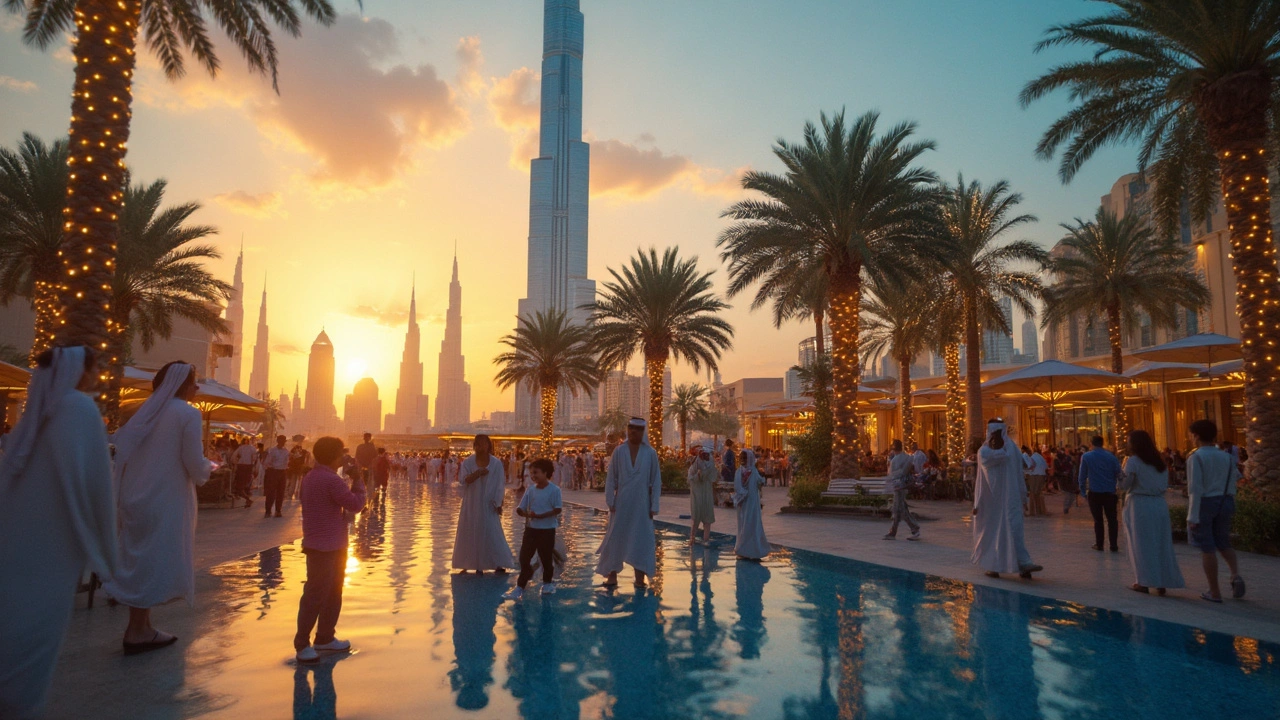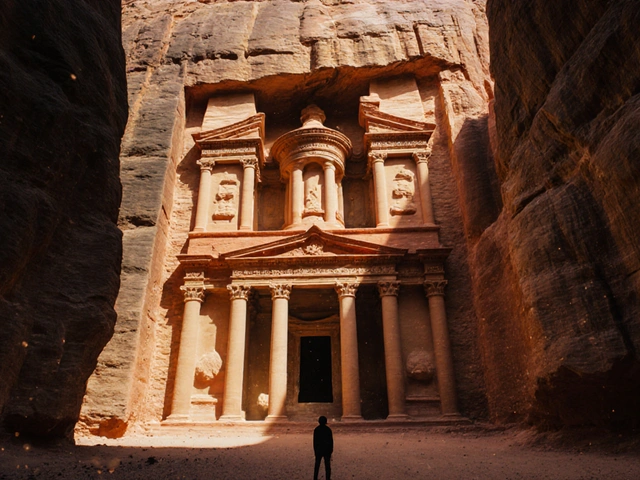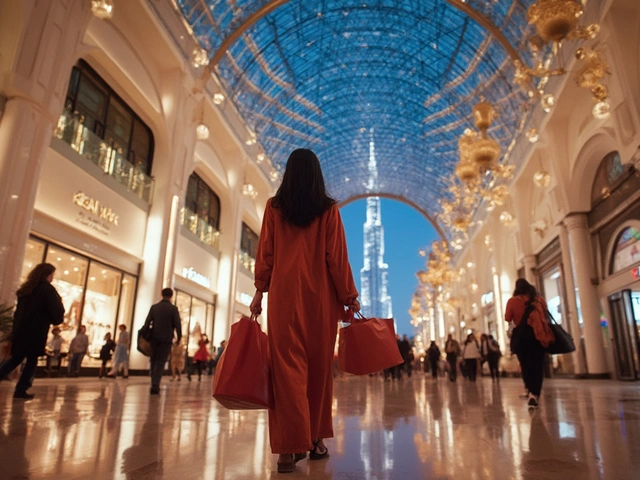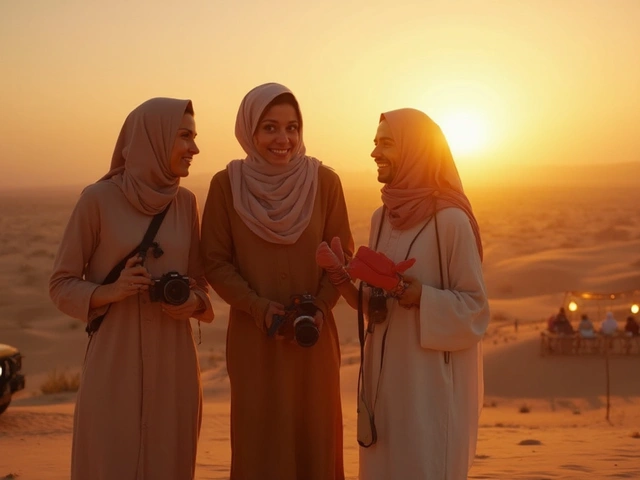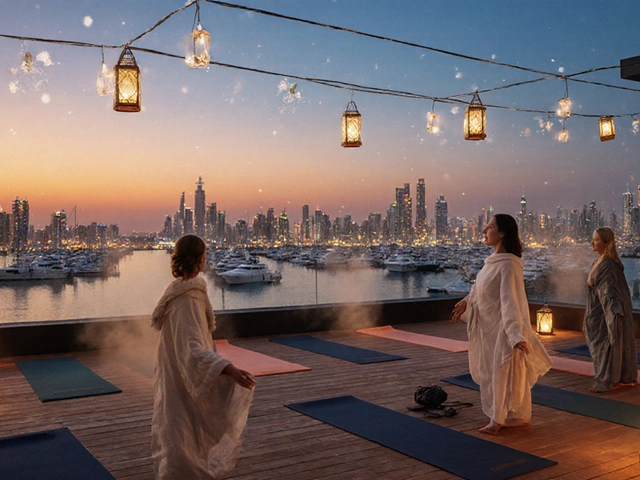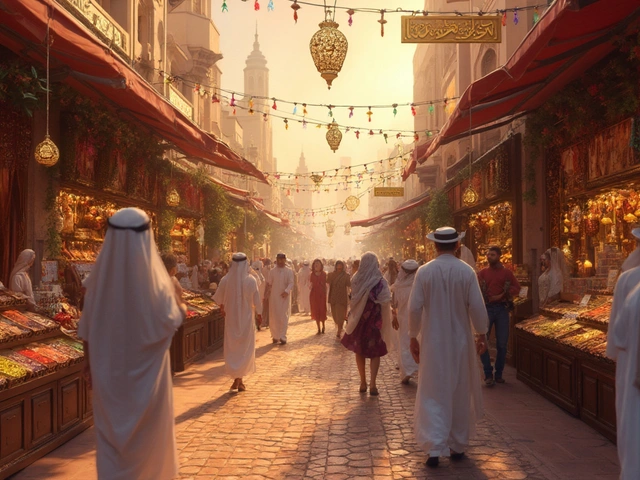Ask anyone living in Dubai about the Burj Khalifa, and you’ll probably hear the same thing: it’s not just a world-famous tower—it’s practically part of daily life. This isn’t just some background building you spot from Sheikh Zayed Road. You see it every National Day, lit up in UAE colors, or during New Year’s fireworks with people gathering at The Dubai Mall or waiting for the Dubai Fountain shows. You’ll find selfies snapped up there with the city’s endless skyline as the backdrop, and every expat has at least one visitor pushing for that must-have “At The Top” experience.
But there’s more to the Burj Khalifa than crazy height and photo ops. It dominates Dubai’s skyline for a reason. Engineers had to battle tough desert winds—sometimes even sandstorms—to keep the building steady at 828 meters. Every floor was built with this climate in mind. Next time you’re in Downtown Dubai, check out the way the sun glints off those reflective panels; it’s not just about style, it’s also to beat the heat.
- Why the Burj Khalifa Dominates Dubai’s Skyline
- Engineering Genius: How the Tower Stays Strong
- Visiting Tips and Must-See Experiences Around the Burj
- Beyond the Tower: Local Life and Burj Khalifa’s Impact
Why the Burj Khalifa Dominates Dubai’s Skyline
If you ask anyone what first pops into their head about Dubai, odds are it’s the Burj Khalifa. This tower isn’t just tall for the sake of it—it’s still holding the world record at 828 meters since opening in 2010. You can see it from nearly anywhere in the city, whether you’re driving down Al Khail Road, chilling at Jumeirah Beach, or just stepping out of a café in Business Bay.
The Burj Khalifa isn’t hidden in a business park or on the edge of town. It’s right in the middle of action: you’ve got The Dubai Mall next door, the new Address Sky View walkway connecting residents, and Burj Park popular for picnics under those massive LED light displays during Ramadan and Eid. Locals and tourists alike plan their routes and social outings around it, especially on busy weekends in Downtown Dubai.
What really makes it stand out? Besides being the tallest, the design is shaped like a desert flower (the Hymenocallis), which gives it that familiar three-lobed footprint you spot in drone videos or from rooftop lounges like Cé La Vi. The glass, metal, and concrete reflect sunlight and city lights at every hour, so the tower never really blends in—it glows day and night.
The Burj isn’t just a marker on Google Maps. It’s set the tone for dozens of surrounding towers in the Downtown area, and kicked off Dubai’s skyscraper boom. Offices, apartments, hotels—people want addresses near the Burj. That’s real estate power.
When special events hit, like Expo 2020’s opening, the Burj Khalifa is basically Dubai’s main stage. Light shows, global celebrations, even social media trends—almost everything big launches with the Burj in the background. It’s more than just skyline decor. It signals you’re right in the heart of Dubai, whether you’re a long-term resident or a first-time tourist.
Engineering Genius: How the Tower Stays Strong
So, how did the team make sure the Burj Khalifa wouldn’t budge, even with Dubai’s unpredictable winds and crazy summer heat? It started with the foundation. The engineers drilled down more than 50 meters into the sand and poured in over 45,000 cubic meters of concrete. That’s enough to fill about 18 Olympic swimming pools. The core, made mostly of reinforced concrete, sits right in the center and acts like the spine of the world’s tallest building.
One of the coolest things about the Burj Khalifa is its unique design—called the “buttressed core.” Picture a Y-shaped floor plan. Each arm—or “wing”—supports the other, spreading the load evenly. This keeps the building sturdy even in 150 km/h wind gusts, the kind you sometimes feel tearing through Dubai Marina or blowing sand across Motor City. The glass panels? They aren’t just for looks. They reflect the strongest sunlight and help keep the tower’s cooling bills in check—which is a big deal in August.
Here’s a quick look at some numbers that show how serious the engineers got:
| Feature | Details |
|---|---|
| Height | 828 meters |
| Floors | 163 + 2 below ground |
| Concrete Used | ~330,000 cubic meters |
| Weight of Aluminum | Over 103,000 m2 panels |
| Deep Foundation | 192 piles, 1.5 meters wide, over 50 meters deep |
The spire on top isn’t just for show, either. It helps balance the whole structure and houses key communication equipment. The tower gently ‘sways’ at the very top—sometimes up to 1.5 meters—but this movement is so slow you don’t notice it, thanks to the damping systems inside.
Local companies and workers played a major role. The pumping of concrete to a world-record 605 meters above ground was managed by crews living right here in Dubai. You’ll hear stories about concrete being poured only at night, to avoid the brutal daytime temperatures. These are the kinds of details that make the Burj Khalifa not just Dubai’s trophy, but the city’s everyday pride.
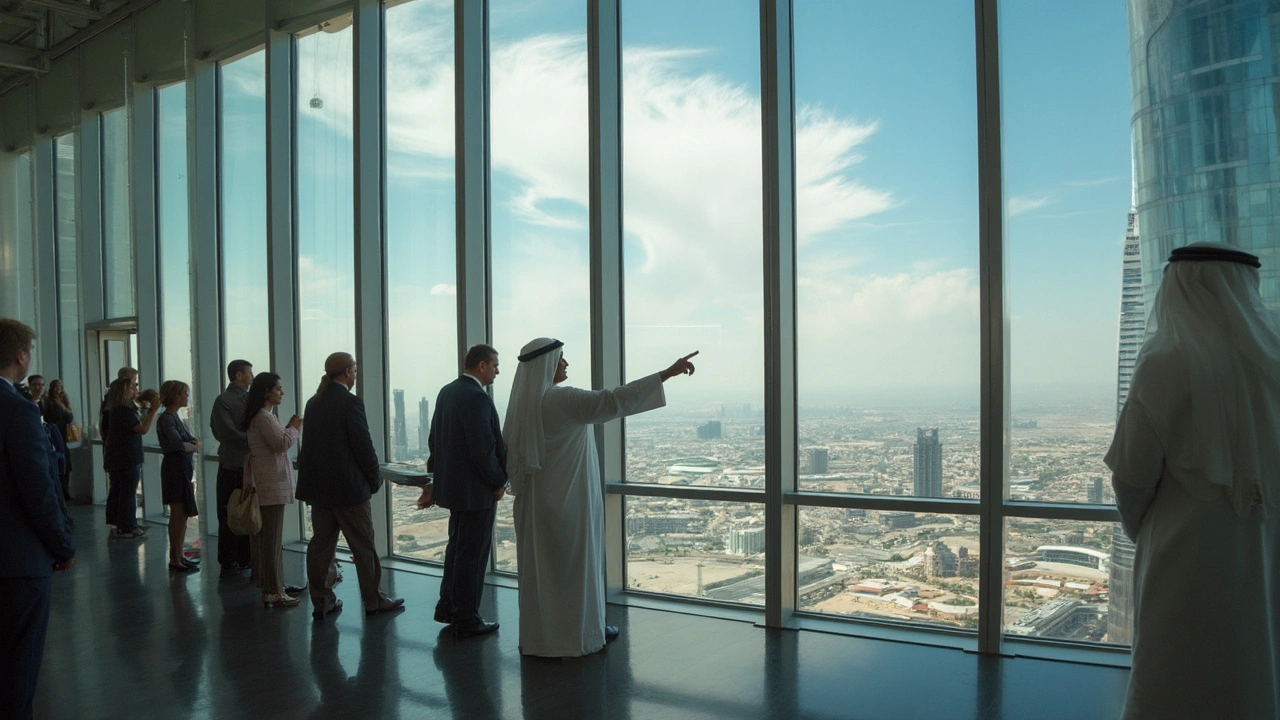
Visiting Tips and Must-See Experiences Around the Burj
The Burj Khalifa isn’t just about staring up in awe—it’s packed with things to actually do. If you’re a Dubai local showing a visitor around or planning a staycation, the best move is to plan your day smartly. Burj Khalifa is busiest during sunset, so if you want less crowded photos at 'At The Top' (that’s levels 124 and 125), go early morning or after 8 p.m. Also, book tickets online, especially on weekends or public holidays; they sell out fast during Eid, New Year’s Eve, and winter.
Once inside, you get super-fast lifts—think 10 meters per second—to the observation decks. Bring a light jacket if you’re staying up top for long because the AC cranks hard, even in summer. For those who want more, splurge a bit for the SKY experience (level 148). You get smaller groups and free drinks, so it's worth it if you like things a little more exclusive.
Don’t miss the Dubai Fountain at the base; shows start at 6 p.m. every half hour and draw huge crowds. Good idea to grab an outdoor table at one of the Souk Al Bahar or Dubai Mall restaurants—like Asado or Social House—so you can watch the action with dinner. For the ultimate Instagram shot, the Boardwalk area behind Burj Park or the floating platforms are perfect. If you want something different, try At.mosphere Lounge on level 122 for breakfast—it’s less pricey than dinner and the views are unbeatable.
Parking at Dubai Mall can be chaotic around the holidays. Valet is an option, or take the Metro (Burj Khalifa/Dubai Mall station) and walk the air-conditioned bridge straight in. This saves time if you’re heading there during rush hour. Pro tip: Fridays are quieter in the mornings, but Saturday afternoon is usually very busy.
- Book tickets online and pick your time slot
- Plan to arrive 30 minutes before your ticket time—queues can get long
- Best sunset views in winter (Nov-Feb), clearest skyline on breezy days
- If you want souvenirs, avoid the main shop at the exit—Al Ras in Deira often has better deals
Keep your eye on special events, too. Downtown Dubai hosts art festivals, and sometimes the Burj lights up for causes like Expo 2025 or UAE National Day—makes every visit feel a bit special, even if you’ve been before.
Beyond the Tower: Local Life and Burj Khalifa’s Impact
The Burj Khalifa isn’t just a record breaker—it’s woven into Dubai’s routines and celebrations. On every EID, National Day, and big international event, people gather around its base at Burj Park, whether for fireworks, drone shows, or watching the tower light up in support of major global causes. Even if you aren’t snapping photos for Instagram, you’ll feel the energy in Downtown Dubai whenever something’s happening at the Burj Khalifa.
The tower drives daily life in practical ways too. Look around Dubai Mall—half the shops, restaurants, and meeting spots are there thanks to the foot traffic the Burj brings. Events like Art Dubai, New Year’s Eve, and even casual hangouts owe a lot to the crowds drawn by the world’s tallest building. It’s not just tourists; you’ll see local families, businesspeople from Emaar, and entrepreneurs from DIFC sitting for coffee or meeting clients in the tower’s shadow.
Lots of Dubai’s services and brands use the Burj Khalifa as a kind of guarantee. RTA’s Metro Red Line even added a stop named after it, making connections to the tower and Dubai Mall super easy. Hundreds of delivery drivers and Careem riders know all too well how the tower’s location keeps Downtown buzzing till midnight or later. For residents, having an address in the Burj Khalifa means instant recognition—useful, whether you’re inviting friends over or setting up your resume on LinkedIn.
Then there’s the impact on property and lifestyle. Downtown apartments with even a glimpse of the Burj Khalifa get snapped up first, and rent isn’t cheap. Local cafes like % Arabica at Dubai Mall and Café Rider nearby have new followers thanks to their “Burj views.” This landmark sets the pace for other city projects too; how many new towers claim “Burj-level” luxury or try to one-up its exclusive amenities?
Finally, the Burj Khalifa’s presence affects how people see Dubai. Whenever family arrives from abroad, the first stop is usually At The Top, then coffee at The Lounge, and maybe shopping at Level Shoes in the mall. Ask any tour guide and they’ll tell you—the Burj Khalifa starts the conversation and everybody wants that iconic shot with it in the background.

